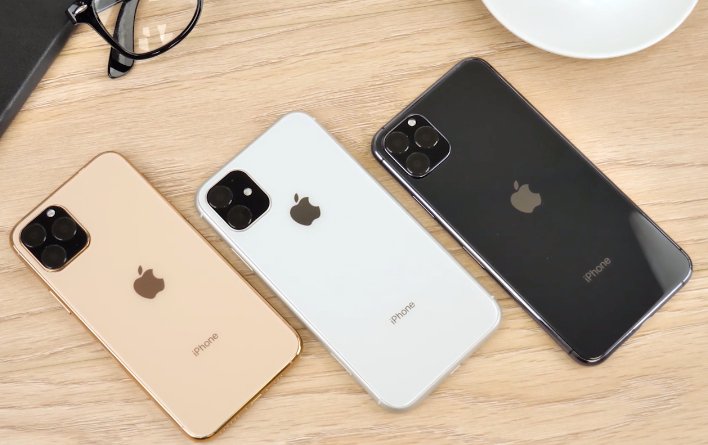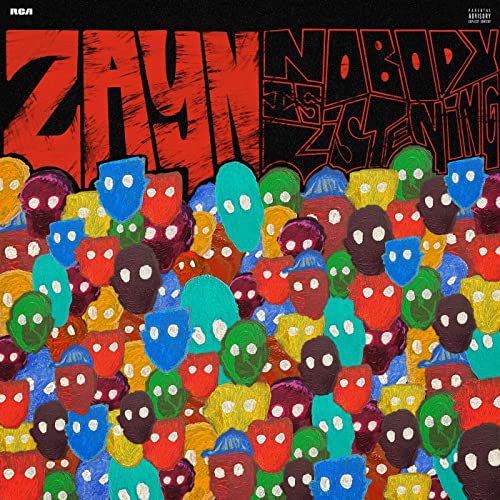The much anticipated iPhone 11 was released to the general public on September 20th. Consistent with standard Apple practice, the phone is accompanied by two different models: the Pro and Pro Max. Each is available in an array of colors, with the regular iPhone 11 having the boldest and most diverse range of options the company has ever presented. Outside of this exciting new pastel variety, some of the phone’s innovative functionalities have contributed to the buzz surrounding it. From a dual-camera system to the A13 Bionic chip, the device is tangible proof that Apple is adamant about being a front-runner in the race to create the most capable smartphone in the world.
The iPhone 11 has all the key attributes of its predecessor, such as Face ID and portrait mode, but with new additional features. Touted as one of the most cutting edge features is the dual-camera, which allows for extremely advanced photography, and a new lens that captures four times more of a landscape than usual. Noise reduction and High-Key Light Mono effects are also among the numerous tools provided to allow for a more enjoyable editing process. The A13 bionic chip enables the phone to perform these functions; essentially the fastest chip to have ever been created for a smartphone, the A13 bionic gives the iPhone all-day battery life and Ultra-Wideband technology for more spacial awareness and speedy airdropping.
Thus far, most consumers fall into two camps, feeling that either the iPhone 11 was a clear upgrade from the iPhone X and deserved its $700 asking price, or that the improvements were not substantial enough to surpass its predecessor.
Photography lover Julian Chokkattu of “Digital Trends” was disappointed in the lack of attention put into the dual-camera: “ I wish Apple did more with the new ultra-wide-angle camera. There’s just the right amount of distortion for unique photos, but I wish Apple went the extra mile and allowed autofocus.” Chokkattu believes that small flaws like this are what prevent the phone from being a “giant leap over the competition, especially compared to the Google Pixel 3.” He is convinced that Apple is at the top of the smartphone market, “but only by an inch.”
On the other hand, Matt Swider of TechRadar believes that the phone’s battery life is impressive enough to warrant a purchase. After testing it out, the phone “consistently lasted more than a day…even with heavy use.” Swider also claims that the Pro and Pro Max’s frosted matte finish back makes it the “the best-looking iPhone to date.”
There are also those unfazed by either positive or negative reviews. Though the iPhone 11 is helping sustain Apple’s continued success, some people can’t justify investing in a new Apple product when several mobile networks like AT&T and Verizon have recently announced the release of 5G-enabled phones coming in 2020. This may spell potential trouble for future iterations of the iPhone.














